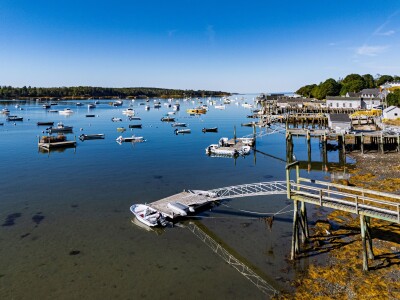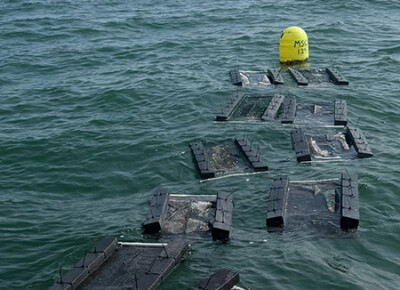The required permits are not yet in hand, but the U.S. Navy is moving full steam ahead on its plans to conduct war training exercises in the Gulf of Alaska for two weeks in early May.
Meanwhile, nine coastal communities have so far signed resolutions asking the Navy to instead conduct its training between September and mid-March, times that are less sensitive to migrating salmon, birds and marine mammals. Several more communities have indicated they will do the same by month’s end.
“It’s not that we don’t want the Navy to do their training — it’s the time and locations,” said Emily Stolarcyk, program director for the Eyak Preservation Council of Cordova.
“The community resolutions say that we are the people who depend on commercial, subsistence and recreational fishing,” she added. “The Navy exercises are planned during the most important breeding and migratory periods for salmon, birds, whales and marine mammals. About 90 percent of the training area is designated as essential fish habitat for all five species of Pacific salmon. May is the worst time to be doing this.”
In the 43 years that the Navy has conducted war games in the Gulf, only twice have they occurred in May (2007, 2008).
The Northern Edge joint training exercises include nearly 6,000 military participants “on and above central Alaska ranges and the Gulf of Alaska” according to the Alaskan Command Office of Public Affairs at Elmendorf Air Force Base in Anchorage.
The Gulf portion includes an area from 12 miles off the Kenai Peninsula to 140 miles out. Live weapons will be used in and above the water. No independent observers will be allowed to participate.
The Navy does not yet have a required letter of authorization to proceed from the National Marine Fisheries Service, nor have they published a final record of decision. The paperwork is “forthcoming” according to Navy documents dated July 2016, the most recent updates describing the training exercises.
The Eyak Preservation Council is sending letters to all Alaska fishing permit holders asking them to contact decision makers about moving the time of the Navy training.
“It contains a letter for fishermen to sign and send to U.S. Sen. Lisa Murkowski (R-Alaska) with an option to send a courtesy copy to the NMFS and Pacific Command,” Stolarcyk said.
Last September, Murkowski wrote a strongly worded letter to the Secretary of the Navy stating that they needed to do a better job of involving local communities and “listening to stakeholders.”
Senator Dan Sullivan also has encouraged more direct engagement with Alaskans to “clear up some of the confusion and misinformation being circulated.”
“As an Alaskan, Senator Sullivan understands the importance of our fisheries and our coastal communities, and would never support an exercise that he believed would adversely affect Alaska’s fish stocks or prevent fishermen from doing their jobs,” Sullivan’s office said in an email message. “The Senator will continue to encourage productive and science-based dialogue between the U.S. military and Alaska’s coastal communities.”
Despite the non-committal responses, Stolarcyk remains hopeful that the congressional delegation and the Navy will hear the unified voice of coastal Alaskans.
“This is the water that we depend upon at the time we depend on it most,” she said. “I am hopeful they can understand that it’s not just about what they need – it’s about including the needs of communities that depend on these waters for sustenance.”
Learn more about the Northern Edge exercises here. The Eyak Preservation Council of Cordova also has set up a website to advocate for moving the training dates.







